The English Riviera has a wealth of history, heritage and culture. Discover some unusual facts about the Bay and see how many surprised you!
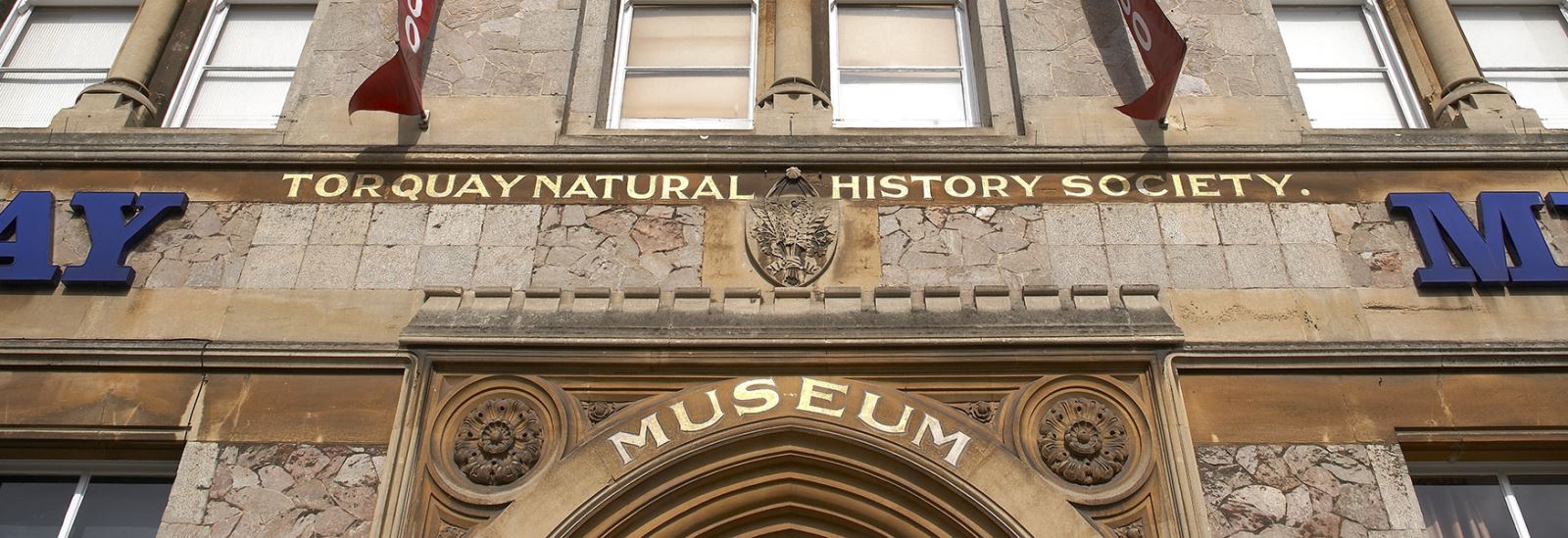
1. At Torquay Museum you can see North West Europe’s oldest human fossil, a 41,000-year old jawbone discovered during excavation work at nearby Kents Cavern. Click here to find out more.
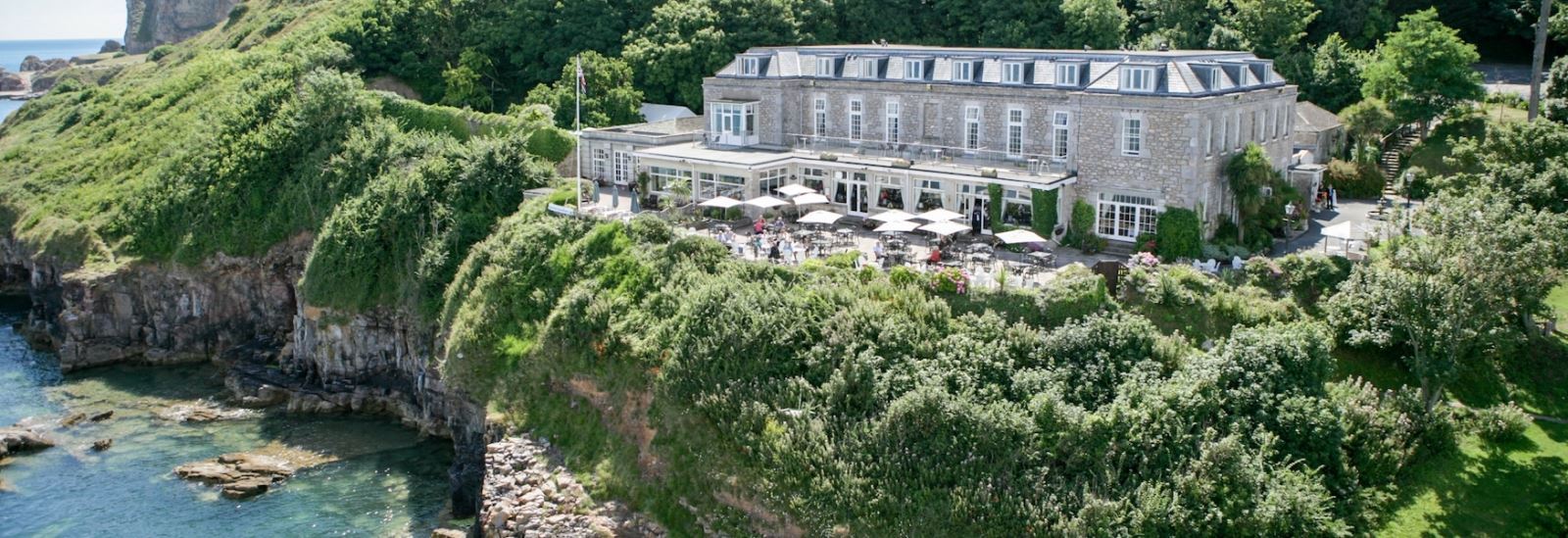
2. The hymn ‘Abide with Me’ was written by Reverend Henry Francis Lyte at Berry Head House (now Berry Head Hotel).
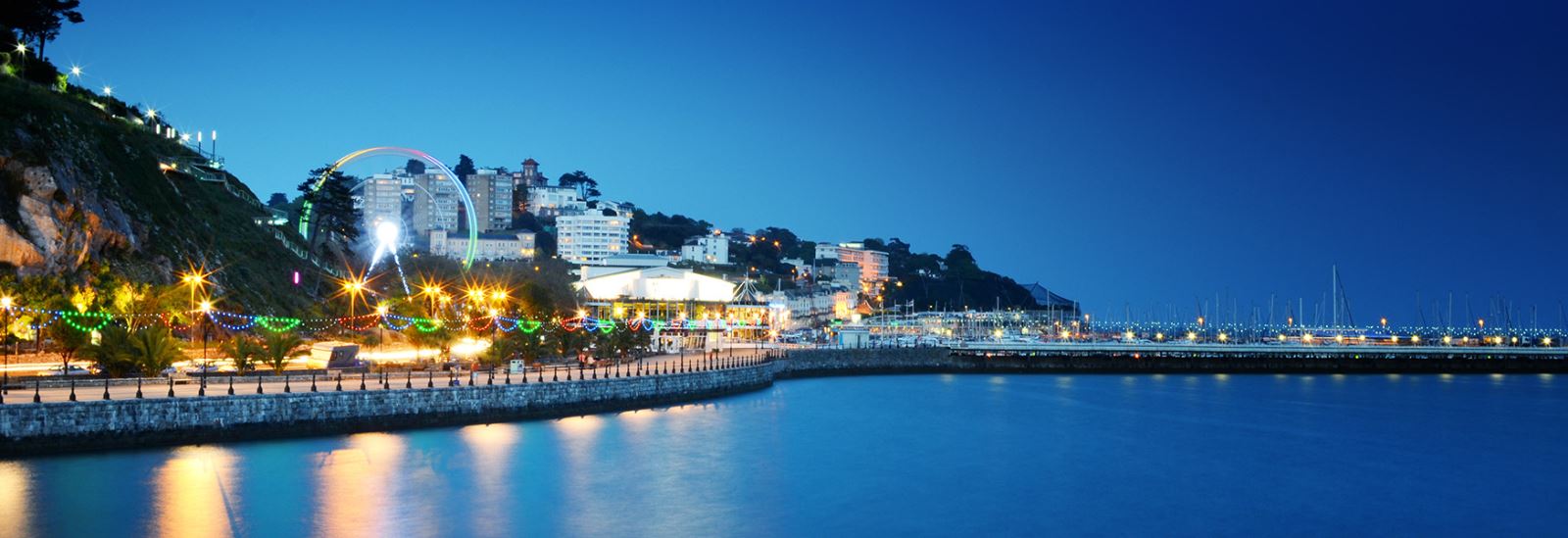
3. It was whilst staying at the Gleneagles Hotel (sadly now demolished) in Torquay during filming for Monty Python's Flying Circus in May 1970 that John Cleese created the iconic TV cult comedy, Fawlty Towers. Although Torquay has long been associated with the show it was never actually filmed here. Click here to find out more.
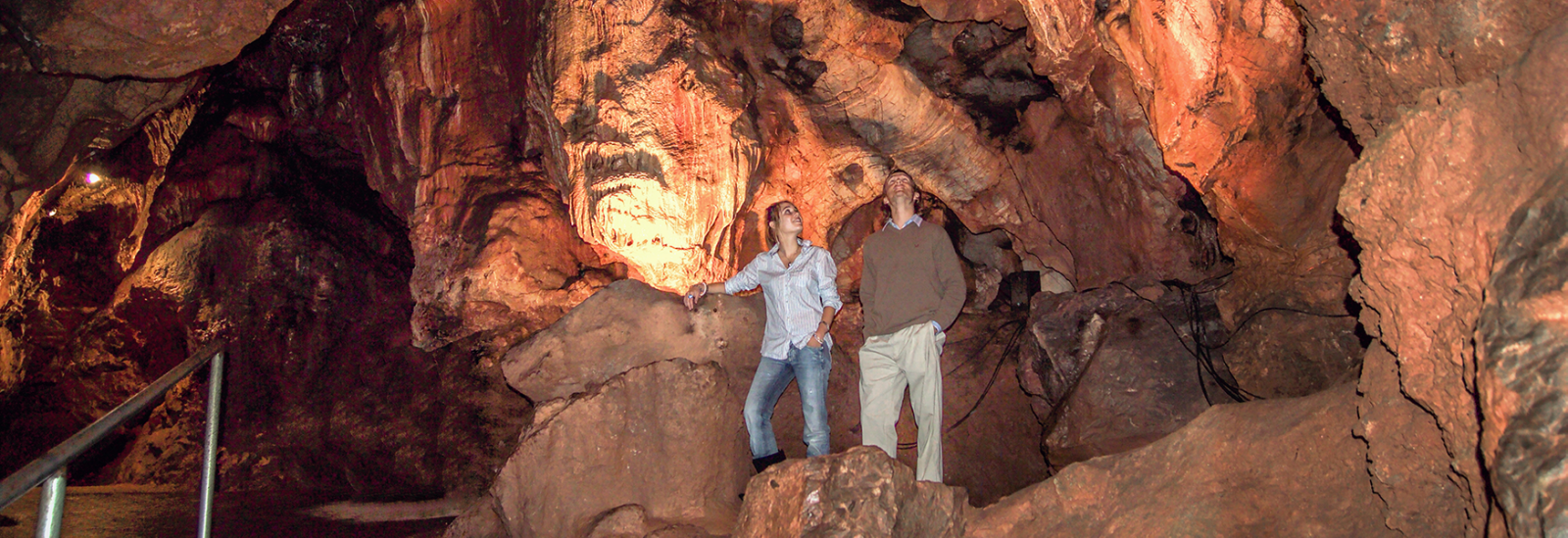
4. During the Ice Age, cave bears once roamed Torquay. Today, you can still see the remains of two cave bear skulls embedded in the walls at Kents Cavern. They are believed to be from a mother and her cub. Click here to find out more.
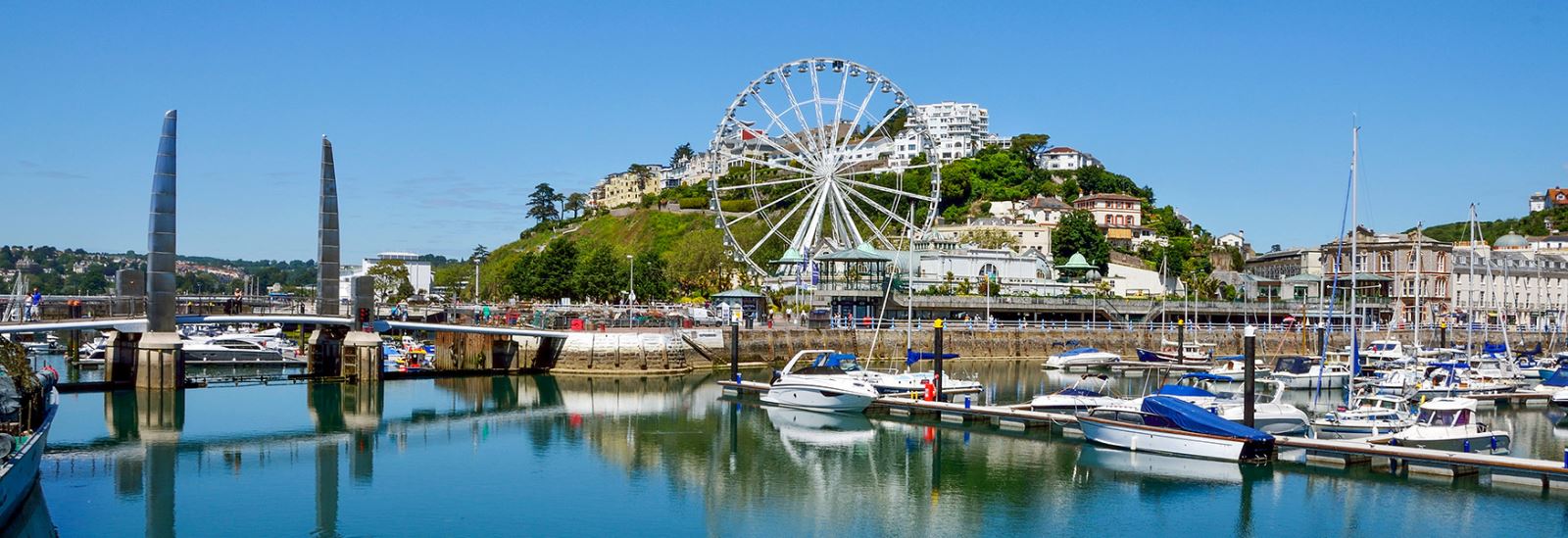
5. The famous British explorer Lieutenant-Colonel Percy Harrison Fawcett was born in Torquay and was believed to be the inspiration for the Indiana Jones film character. Many of his belongings are on display in the Explorers Gallery at Torquay Museum. Click here to find out more.

6. Music icon, David Bowie performed at the grade II listed Torquay Town Hall in June 1973. The ticket price was £1.50. Click here to find out more.
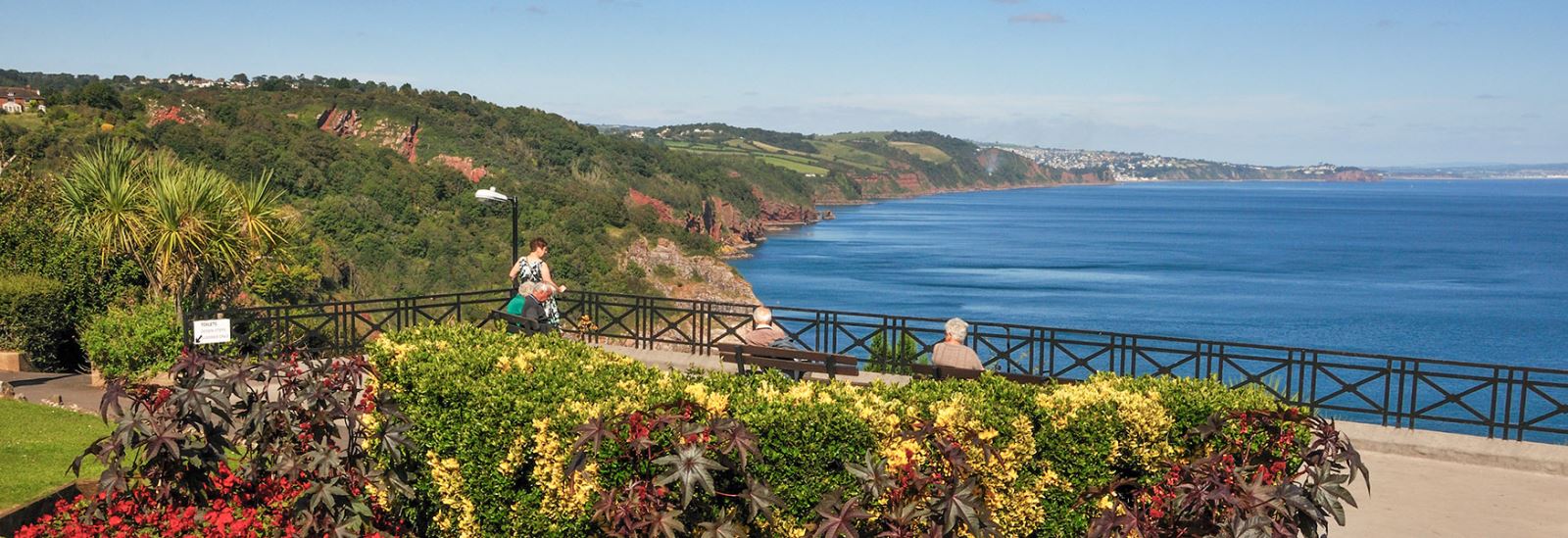
7. The picturesque Babbacombe Downs has the highest cliff top promenade in England, and on a clear day you can see right across to Portland Bill in Dorset. Click here to find out more.
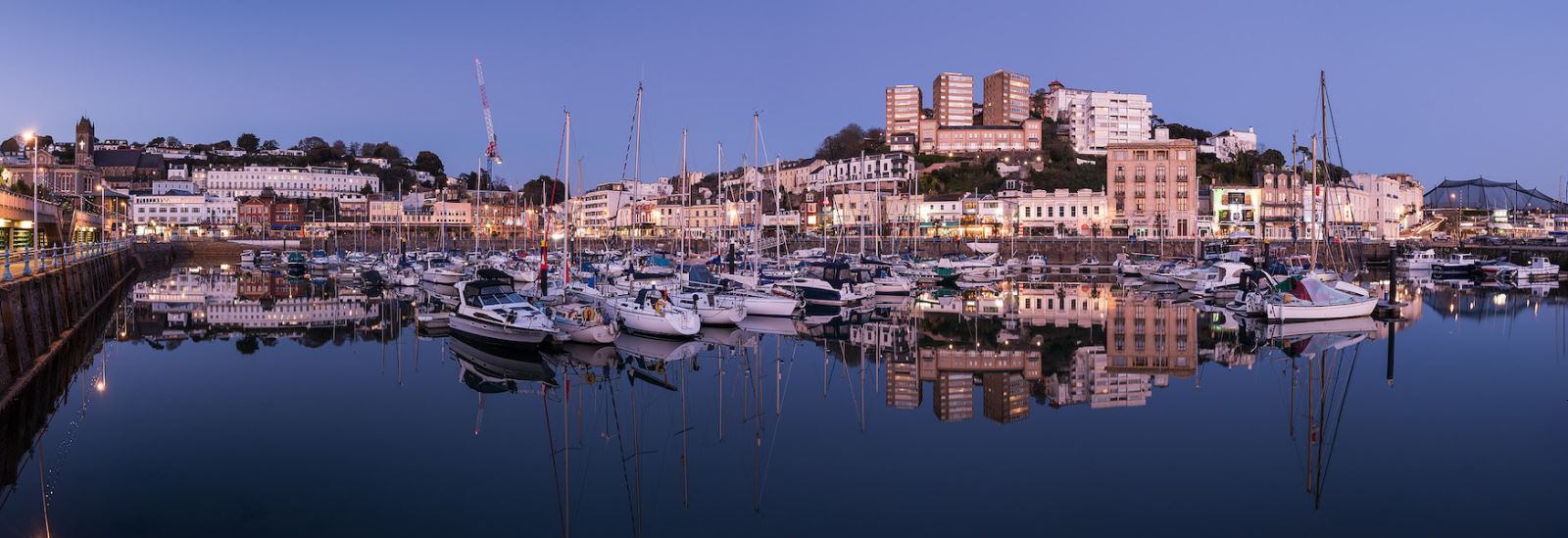
8. A public art work at Torquay Harbour celebrates the historical significance of this location, between the two day D-Day embarkation slipways. The steel ring circling the quayside walkway is seven metres in diameter and sends light into the granite floor at the entrance to Beacon Quay. The lighting units mirror the dots and dashes of Morse Code and spell out the two words relevant to the site: vanishing point. Click here to find out more.
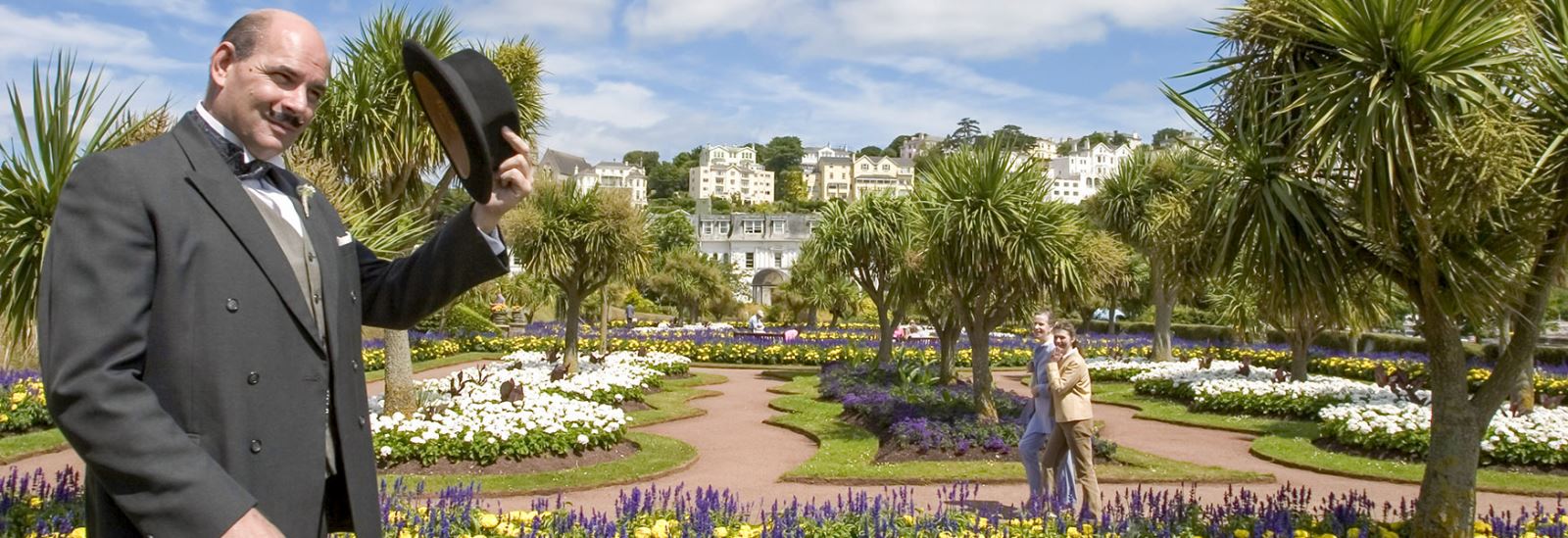
9. Torquay's best known resident, Agatha Christie remains the unrivalled best-selling female author of all time. Her books have sold more than two billion copies and have been translated into over 100 languages. Click here to find out more.
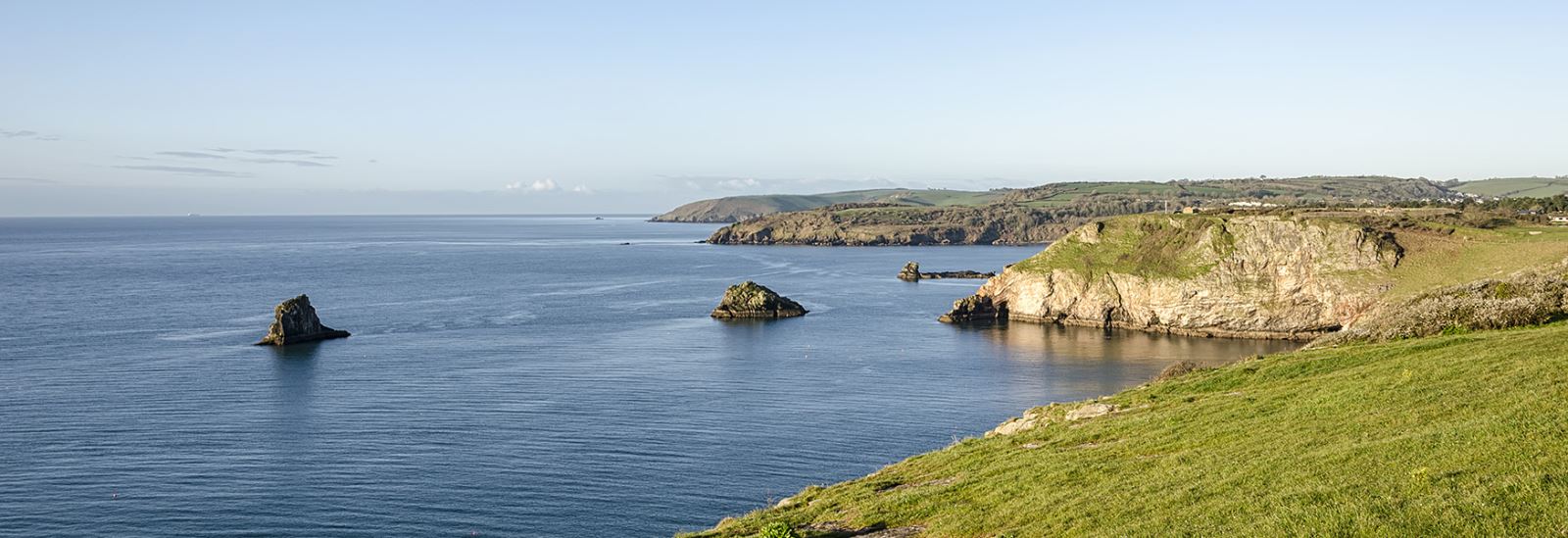
10. The South West Coast Path dates back to the 19th century and was a route for coastguard patrols looking out for smugglers. Today the famous walking route is England’s longest waymarked footpath at 630 miles, running through the English Riviera's 22 miles of beautiful coastline. Click here to find out more.
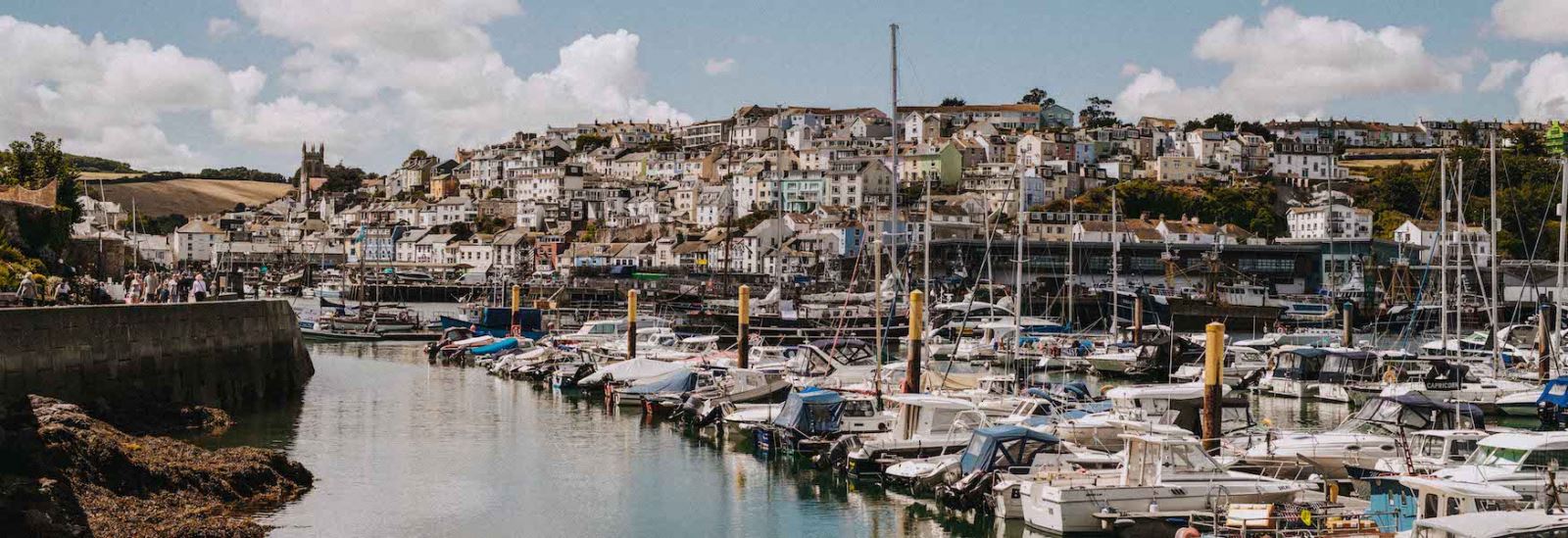
11. The world’s first rust prevention paint was invented in Brixham in around 1841. It was discovered by accident, as the red ochre used to dye sailing trawlers sails, inadventantly prevented rust on the ship. Click here to find out more.
.jpg)
12. 'Brixham Trawlers' were a new design of wooden sailing trawler built in the late 18th century in Brixham. The design was adopted for use around the world and by the end of the 19th century, there were more than 3000 sailing trawlers based at British ports, with a fleet of 400 at Brixham. Click here to find out more.
.jpg)
13. The lighthouse at Berry Head is believed to be the highest and shortest in the UK. The height of the tower is 5m and the height of light above Mean High Water of 58 m. Click here to find out more.
.jpg)
14. The Torquay Tramway Company announced the intention to install a lift to Oddicombe Beach in 1923, construction work began in December 1924 and the Babbacombe Cliff Railway was completed in 1926 at the cost of £15,648. It is one of just a few working funicular railways in the UK. It was built between the gaps in the 73m high cliffs: a fault line between the Devonian grey limestone and Permian red rocks. Click here to find out more.
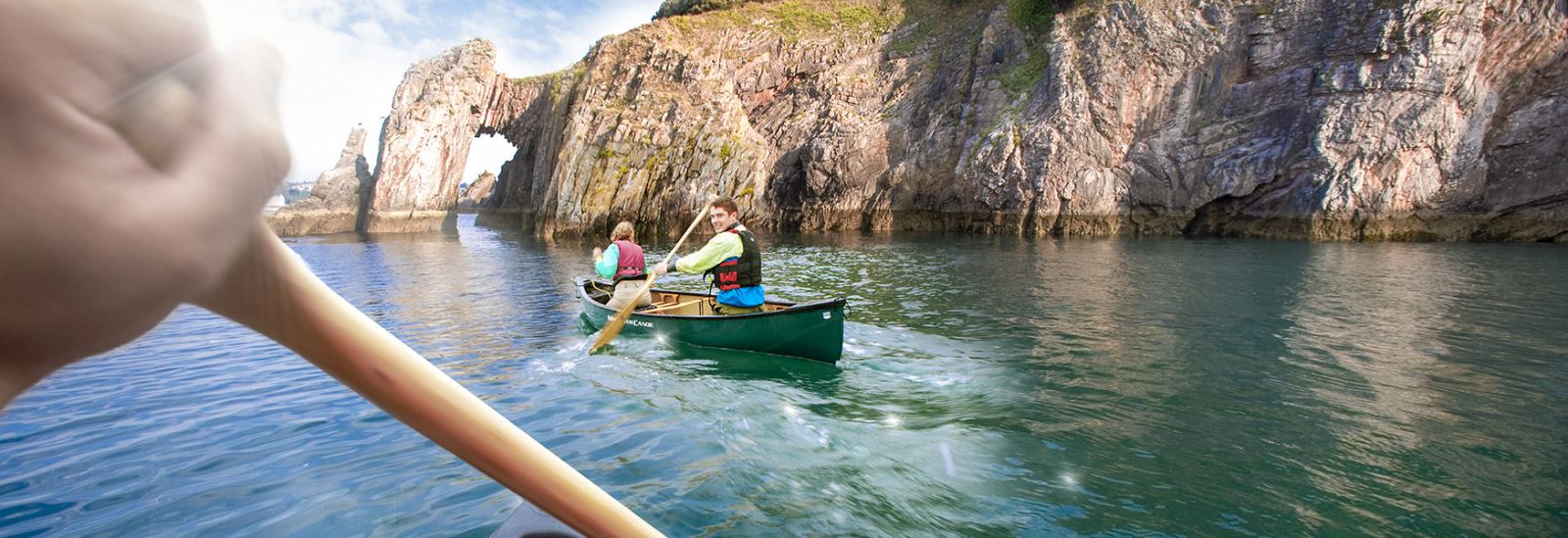
15. The rocks that Tor Bay is sat upon began to form in tropical seas south of the Equator around 400 million years ago. At this time, most of Britain was covered by a shallow tropical sea containing coral reefs and marine creatures, when these creatures sank to the floor, they contributed to the formation of grey and pink limestone rocks, which you can now see at Berry Head and Hopes Nose. Click here to find out more.
.jpg)
16. The Palm House at Torre Abbey Museum contains a large collection of tropical and sub-tropical plants and palms donated by Kew Gardens. Some of the specimen plants include the giant Bird of Paradise and a Swiss Cheese Plant. Click here to find out more.
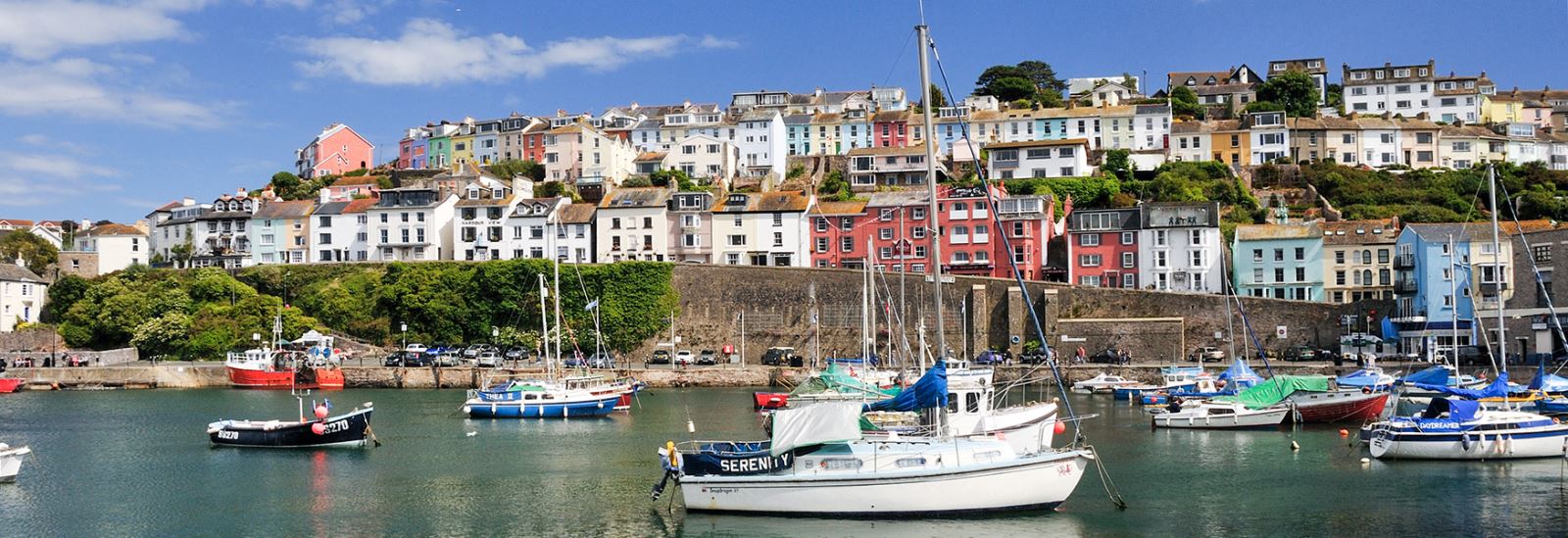
17. The Mayflower II was built in Brixham in 1956. A replica model is displayed at Brixham Heritage Museum. Click here to find out more.
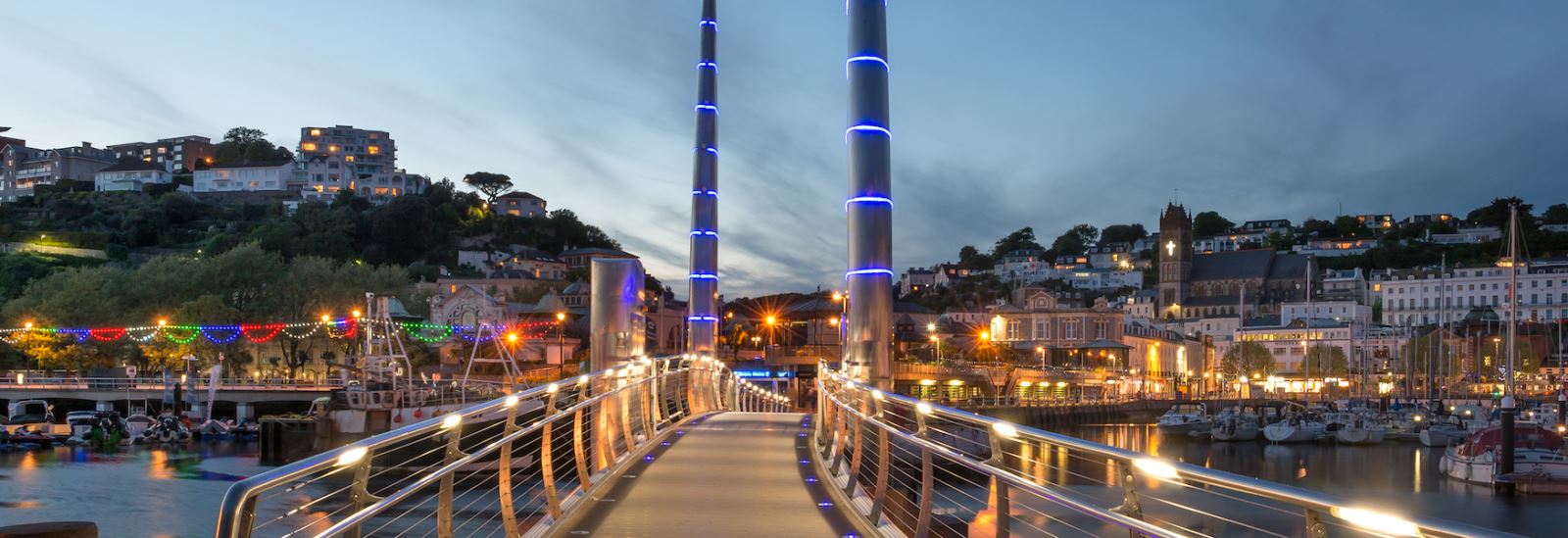
18. Henry Baskerville was a Torquay coach driver who gave Sir Arthur Conan Doyle, creator of the Sherlock Holmes stories, a ride and lent his name to one of the world's most famous stories: The Hound of the Baskervilles. Supplied by local historian, Dr Kevin Dixon.
.jpg)
19. In 2014, Torre Abbey Sands won an award for the ‘Best Sand to make a Sandcastle with’ in the UK. Click here to find out more.
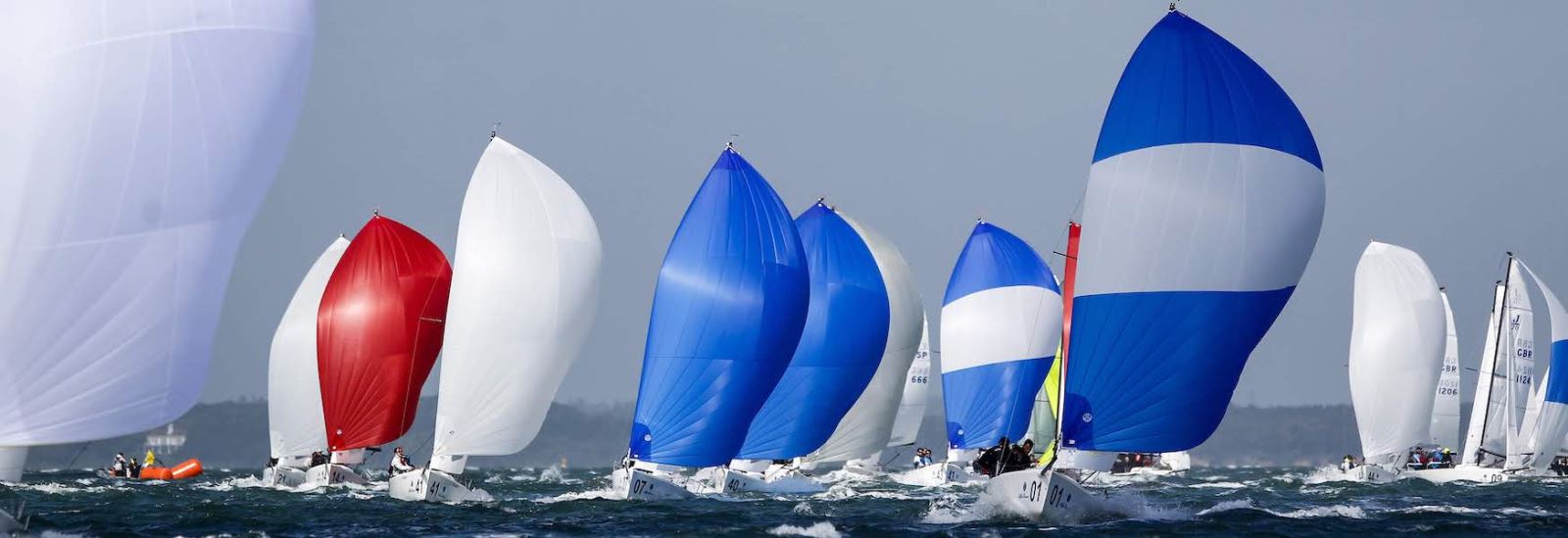
20. In 1948 when London hosted the summer Olympics, the English Riviera hosted the XIV Olympiad Sailing Races with the Royal Torbay Yacht Club holding a cocktail party for the sailing participants and the committee. Click here to find out more.
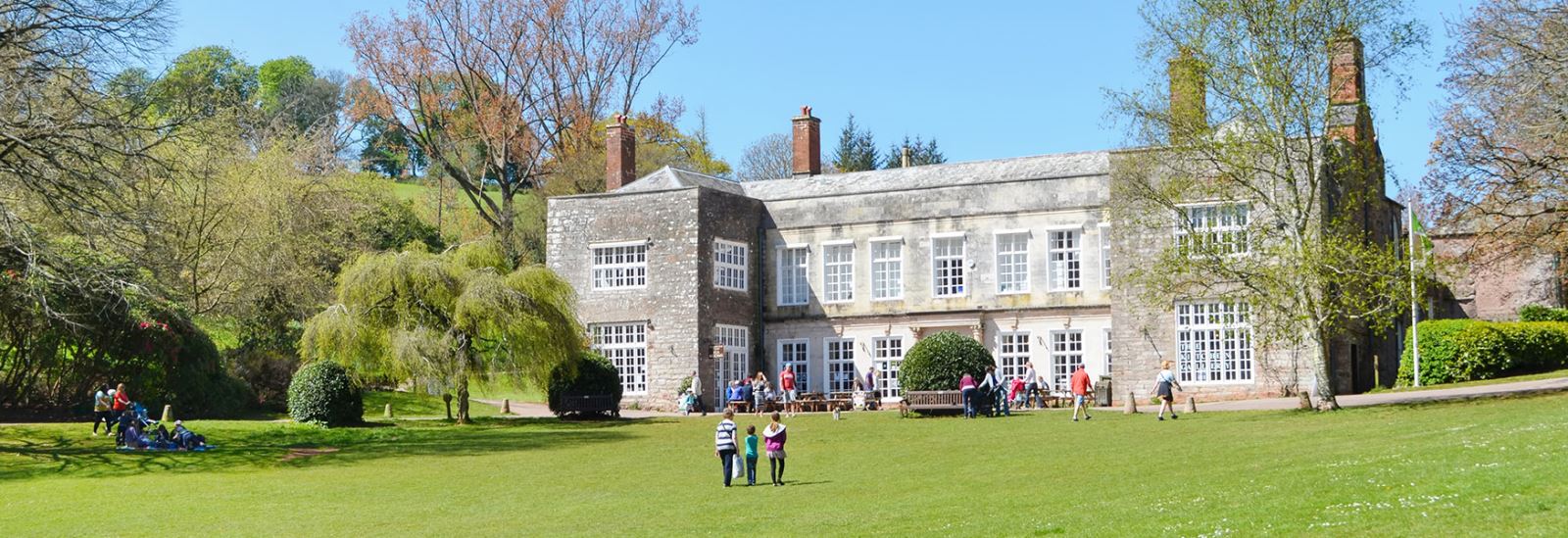
21. Cockington Church, known as St George and St Mary’s Church, is estimated to over 950 years old - built in 1069 and mentioned in the Domesday Book. Click here to find out more.
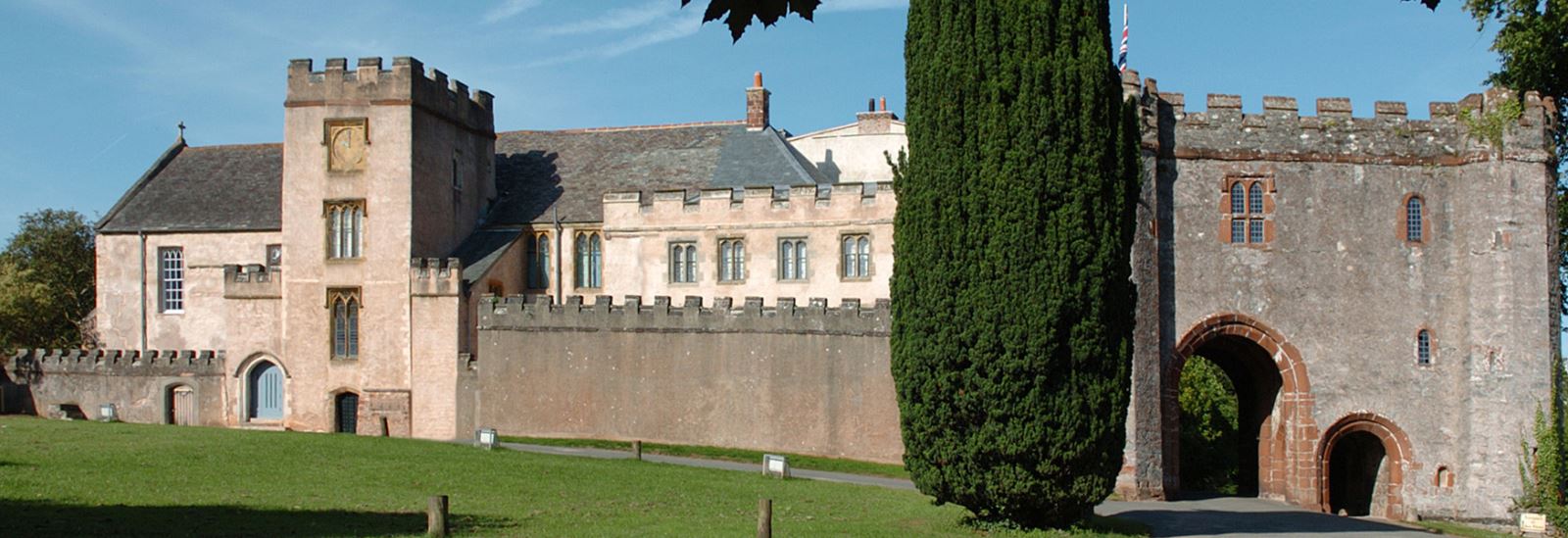
22. Horatio Nelson dined with the Cary Family who resided at Torre Abbey. The dinner party has been recreated in the Museum's Dining Room through digital talking dinner plates. Click here to find out more.
.jpg)
23. The world famous performer, Isadora Duncan danced at Oldway Mansion. She pioneered a contemporary style of dance with free-flowing movements and is considered the ‘Mother of Modern Dance’. Click here to find out more.
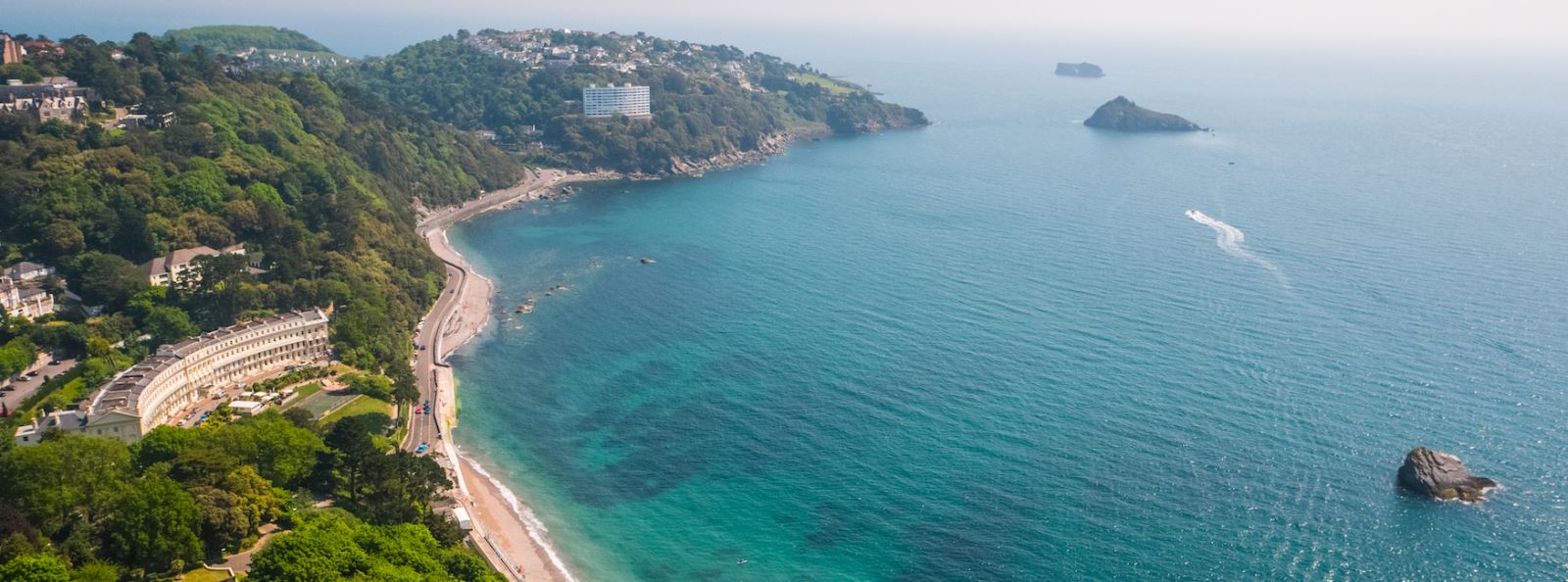
24. The name English Riviera comes from the late 18th Century when tourists began flocking to Tor Bay. The warm microclimate attracted many wealthy families who visited to escape the cold winters in the rest of Britain, and then settled and built large country homes here. They built homes and gardens in an Italianate design to provide a Mediterranean-style resort in Britain – ‘an English Riviera’. Click here to find out more.
.jpg)
25. In 1938, Agatha Christie and her husband archaeologist Max Mallowan bought Greenway Estate as a holiday home. In her autobiography she wrote: “One day we saw that a house was up for sale that I had known when I was young ... So we went over to Greenway, and very beautiful the house and grounds were. A white Georgian house of about 1780 or 90, with woods sweeping down to the Dart below, and a lot of fine shrubs and trees – the ideal house, a dream house.” Now in the care of the National Trust, Greenway House has been preserved to showcase a fabulous insight into the Queen of Crime’s life. Click here to find out more.
Discover more History and Heritage on the English Riviera here.
Related
Comments
Comments are disabled for this post.







